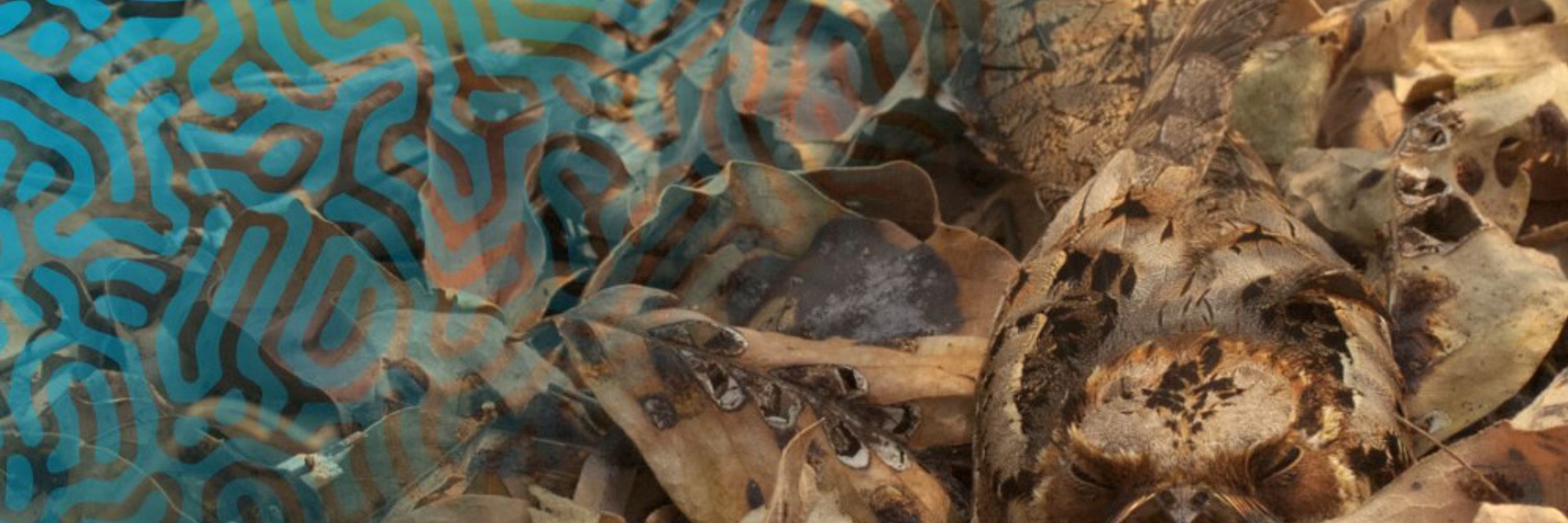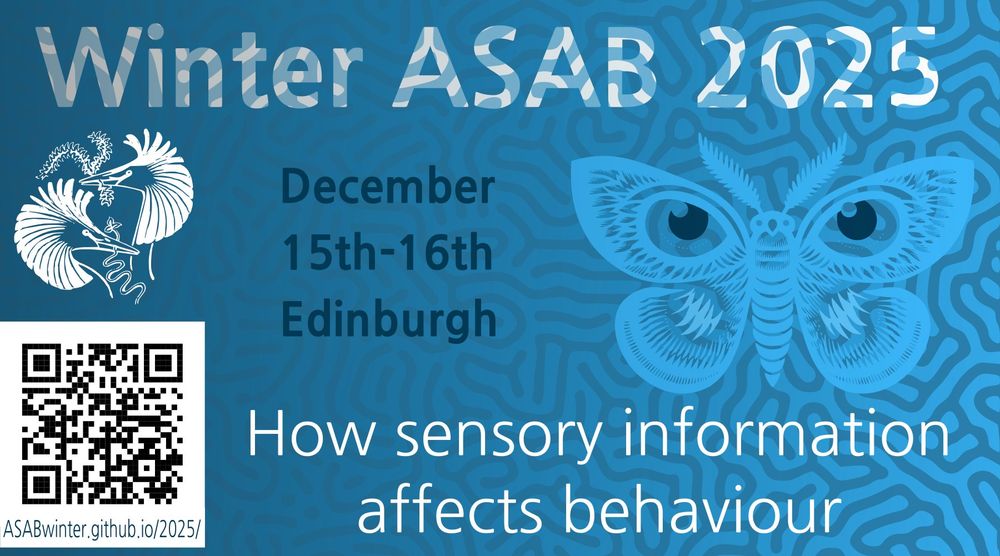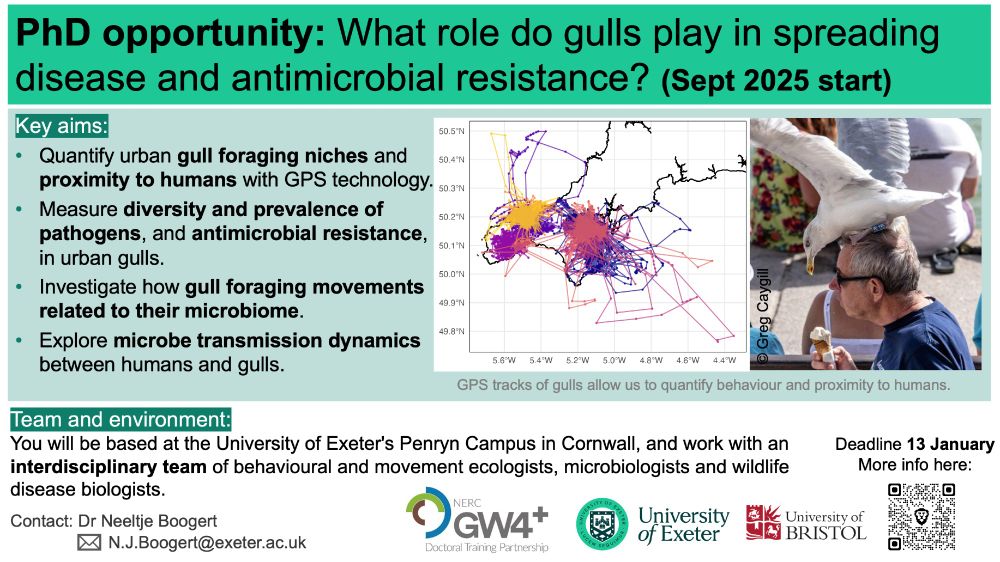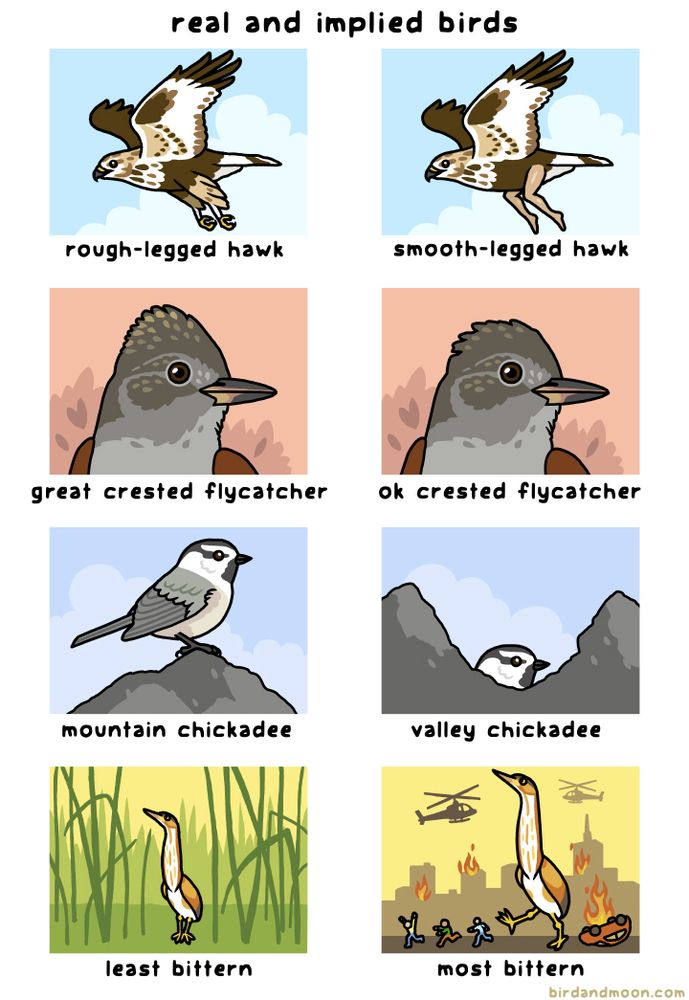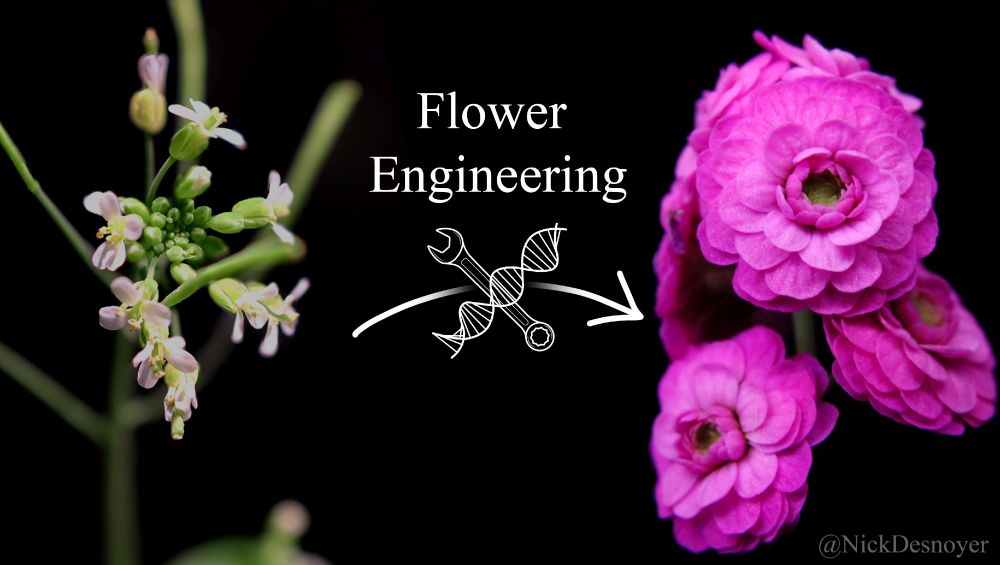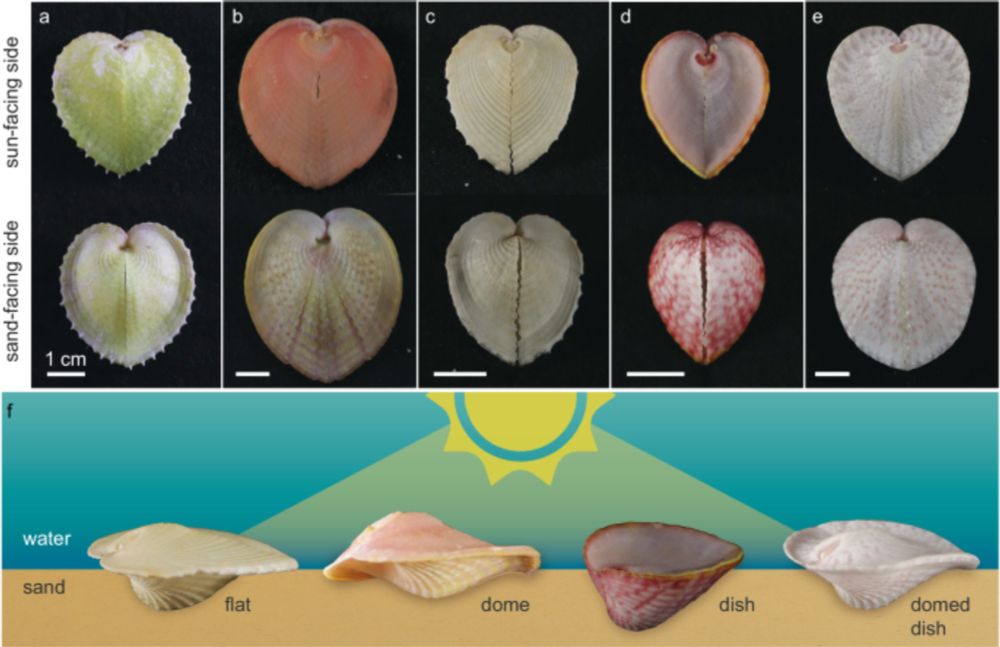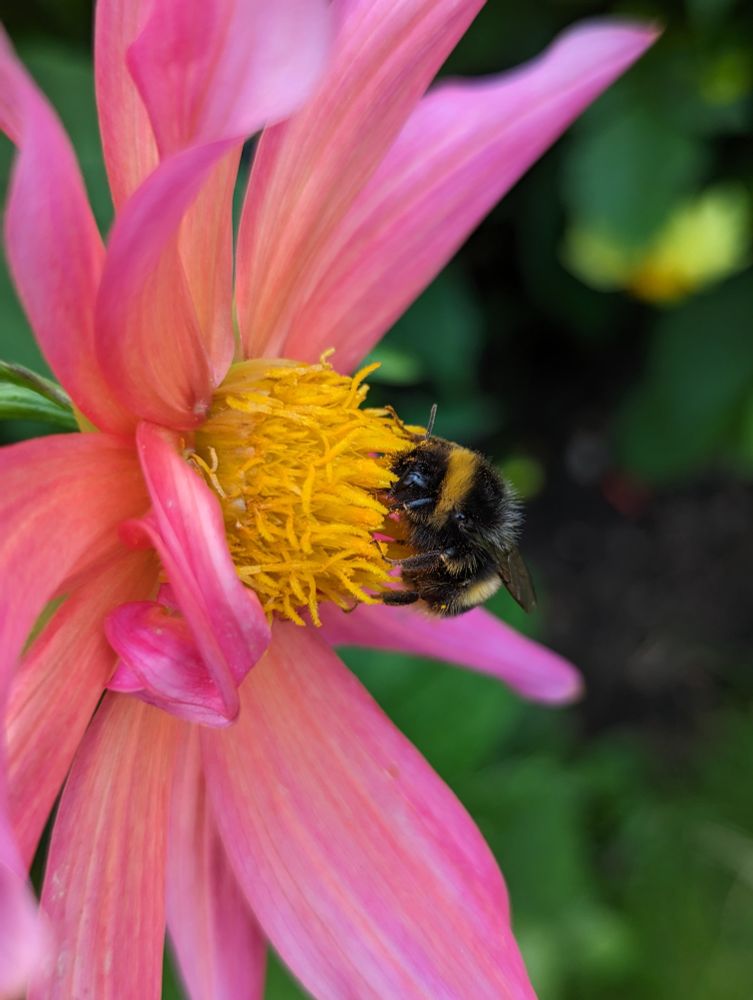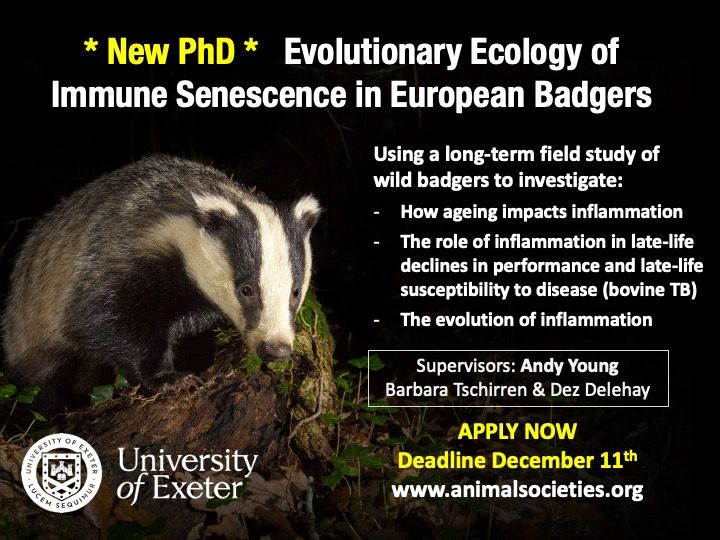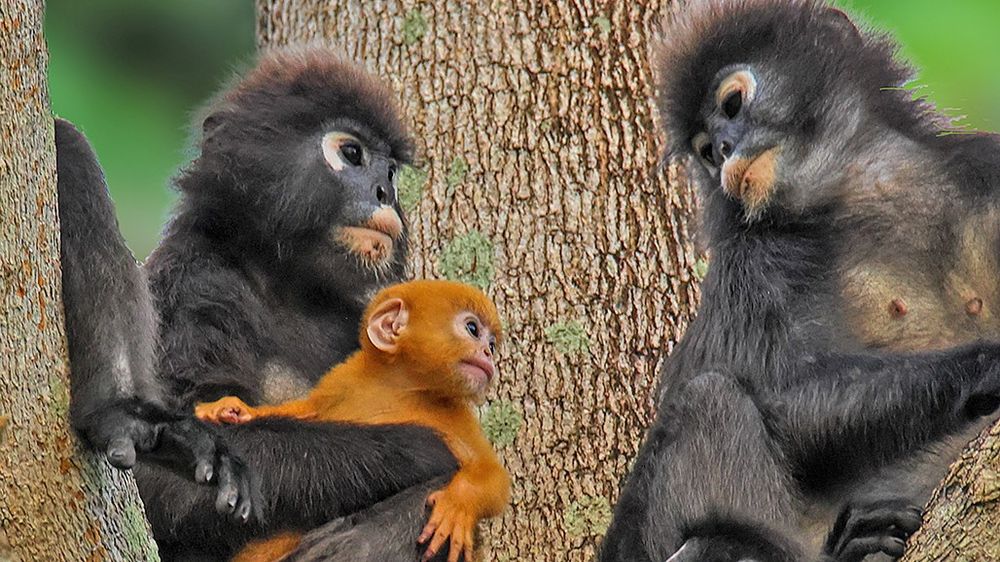Jolyon Troscianko
@jtroscianko.bsky.social
1K followers
740 following
13 posts
Visual ecologist at Exeter University. I study how visual information affects the ecology, behaviour, survival and conservation of many different animals. Areas of interest include camouflage, signalling, visual modelling and artificial light at night
Posts
Media
Videos
Starter Packs
Reposted by Jolyon Troscianko
Costanza Zanghi
@coszan.bsky.social
· Jul 14
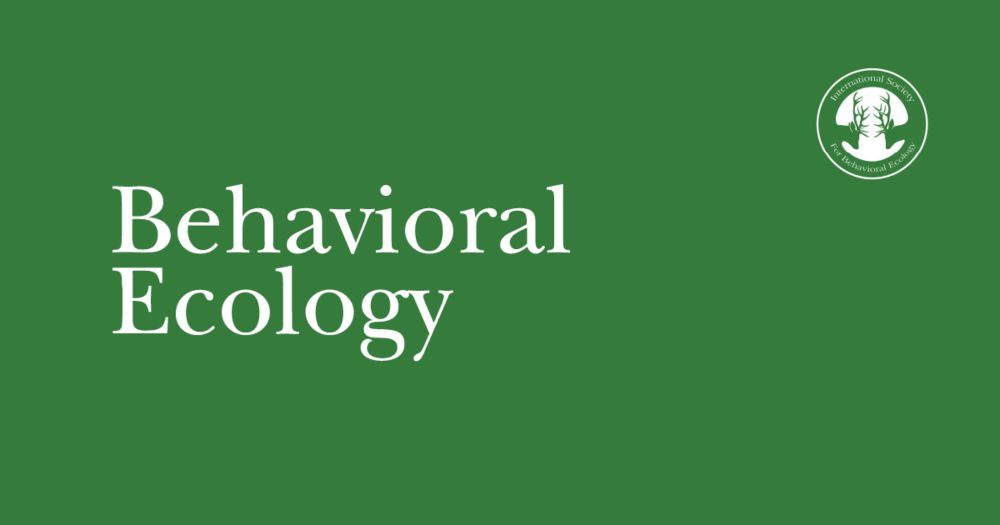
Enhanced conspicuousness of prey in warmer water mitigates the constraint of turbidity for predators
Abstract. Changes in environmental conditions impact predator-prey interactions by altering behaviour through sensory and non-sensory (e.g. metabolic or co
academic.oup.com
Reposted by Jolyon Troscianko
Reposted by Jolyon Troscianko
Reposted by Jolyon Troscianko
Reposted by Jolyon Troscianko
Reposted by Jolyon Troscianko
Reposted by Jolyon Troscianko
Reposted by Jolyon Troscianko
Reposted by Jolyon Troscianko
Johanna Mappes
@jmappes.bsky.social
· Dec 7
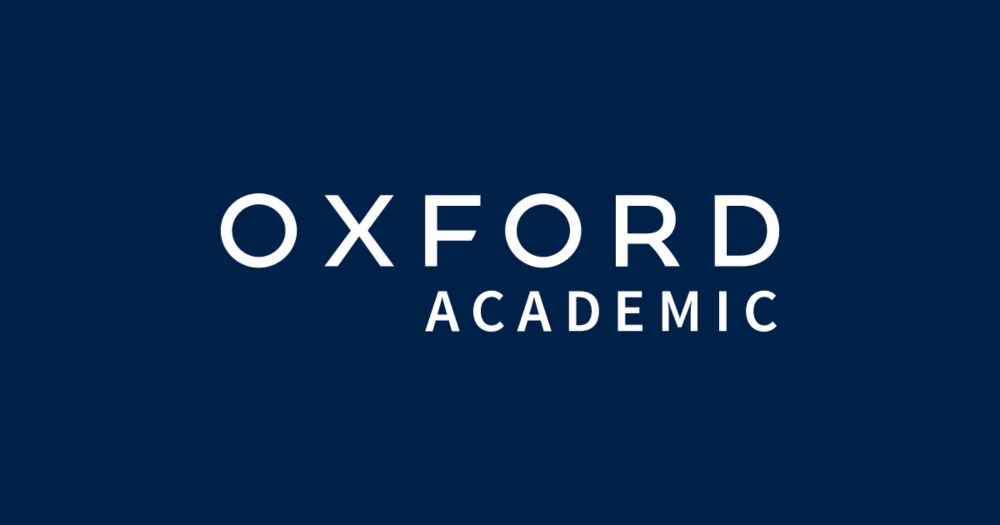
Evolutionary potential and constraints in an aposematic species: Genetic correlations between warning coloration and fitness components in wood tiger moths
Abstract. Variability in warning signals is common but remains puzzling since deviations from the most common form should result in a higher number of pred
academic.oup.com
Reposted by Jolyon Troscianko
Darren Croft
@darrencroft.bsky.social
· Dec 5
Reposted by Jolyon Troscianko
Reposted by Jolyon Troscianko
Reposted by Jolyon Troscianko
Reposted by Jolyon Troscianko
Reposted by Jolyon Troscianko
Reposted by Jolyon Troscianko
